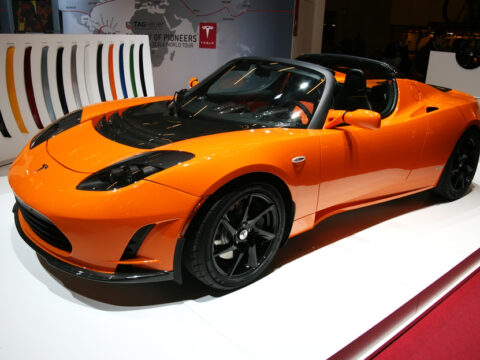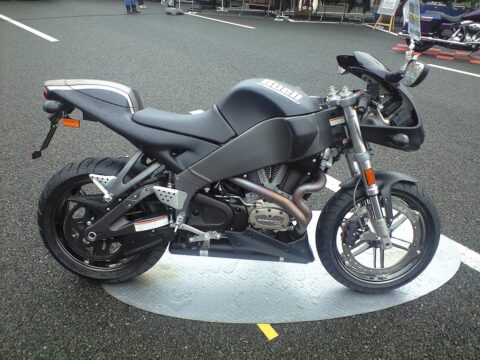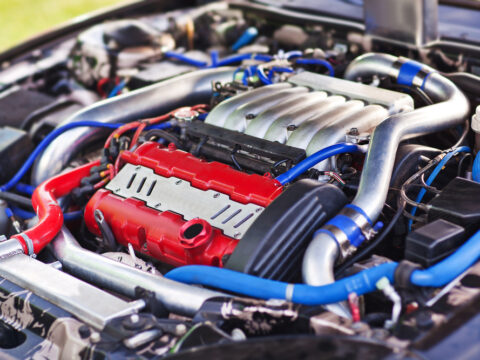Prototype buses often showcase cutting-edge designs and innovative features, but not all of them make it to the streets. In this article, we explore 12 fascinating prototype buses that, despite their promise, never went into regular service. These unique vehicles offer a glimpse into what could have been, highlighting the challenges and obstacles that prevented them from becoming everyday modes of transportation.
Contents
GM Futurliner
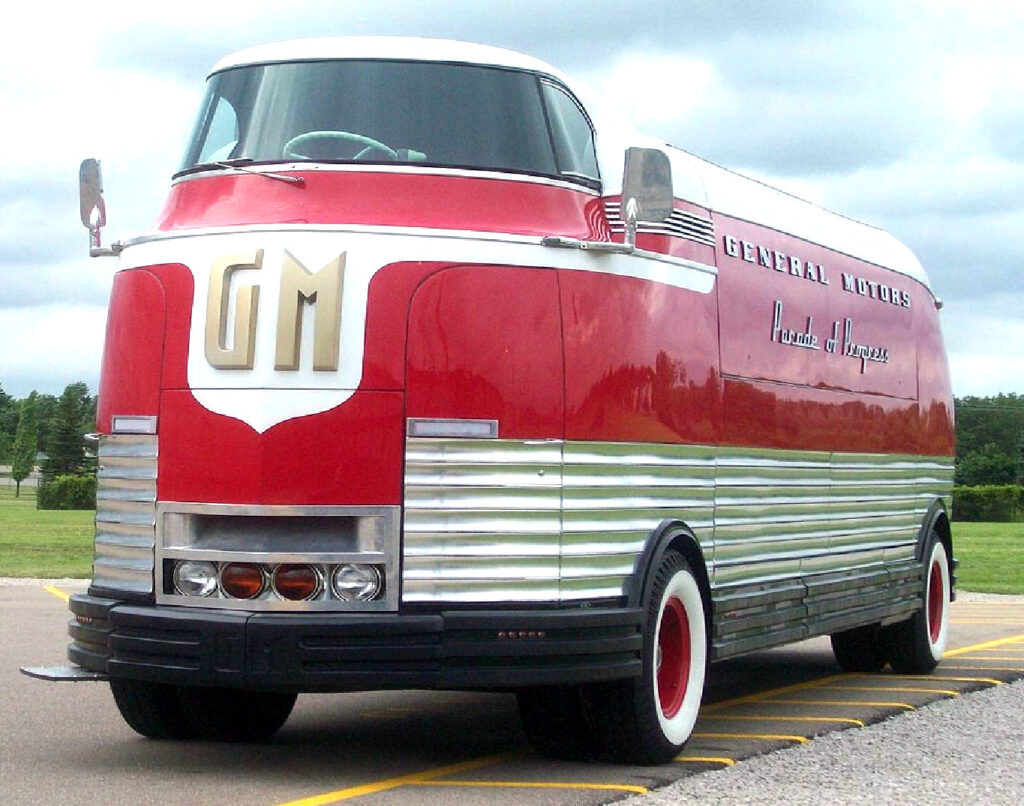
The GM Futurliner, developed in the 1940s, was a futuristic bus that never entered regular service. Only twelve units were built, designed specifically for the “Parade of Progress” tour. Featuring unique Art Deco styling and advanced features like a built-in stage, it was more of a mobile exhibition than a practical bus. High costs and limited functionality prevented it from becoming a commercial success. Today, the Futurliner is a rare collector’s item.
Neoplan Jumbocruiser

Introduced in the 1980s, the Neoplan Jumbocruiser was envisioned as the world’s largest double-decker bus. Capable of carrying up to 170 passengers, it featured a unique articulated design. However, its massive size posed numerous operational challenges, including difficulties in navigating narrow streets and tight corners. High maintenance and repair costs further impeded its success.
Citroën U55 Cityrama
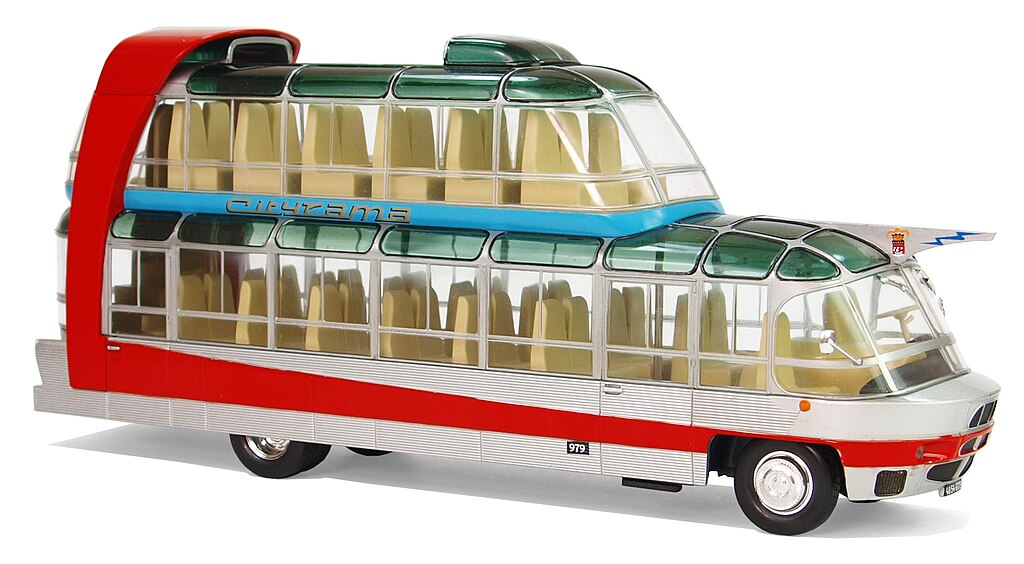
Launched in the 1950s, the Citroën U55 Cityrama was a strikingly futuristic bus with panoramic windows designed for city tours. Its distinctive bubble-like design provided unobstructed views of the surroundings. Despite its innovative appearance, practical issues such as limited passenger capacity and high production costs plagued the U55. Moreover, it lacked the durability needed for regular service. As a result, only a few units were produced.
AEC Q-Type
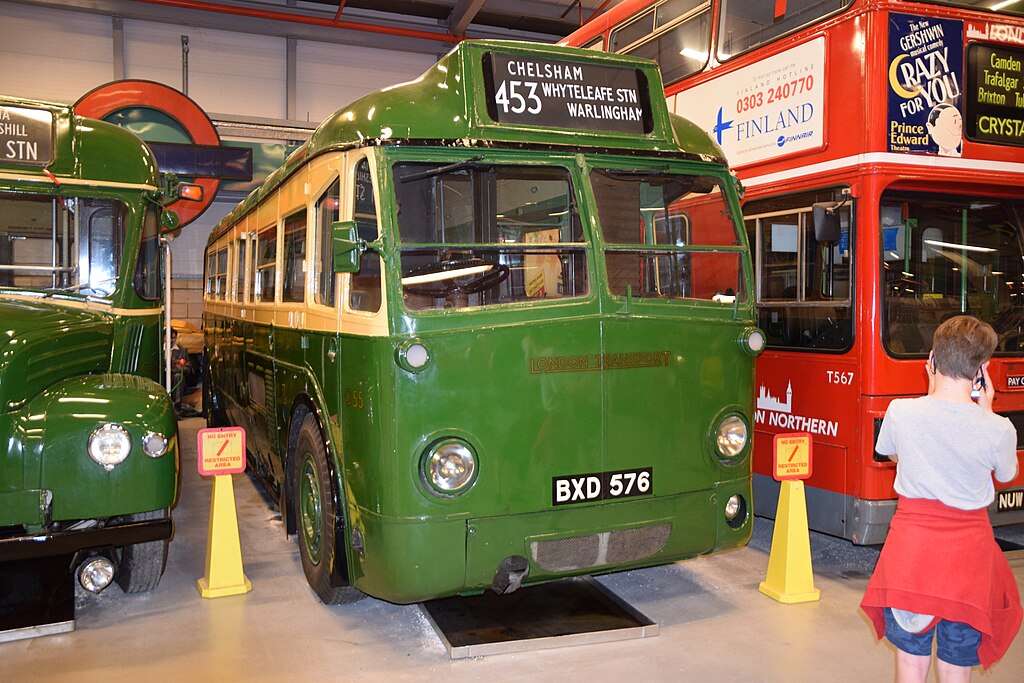
The AEC Q-Type, introduced in the 1930s, featured a forward-thinking design with a centrally-mounted driver’s seat and rear engine. Its streamlined body and improved weight distribution promised better performance and passenger comfort. However, the economic pressures of the Great Depression limited its production. Additionally, the complex mechanical design required specialized maintenance.
Leyland Atlantean PDR1/2
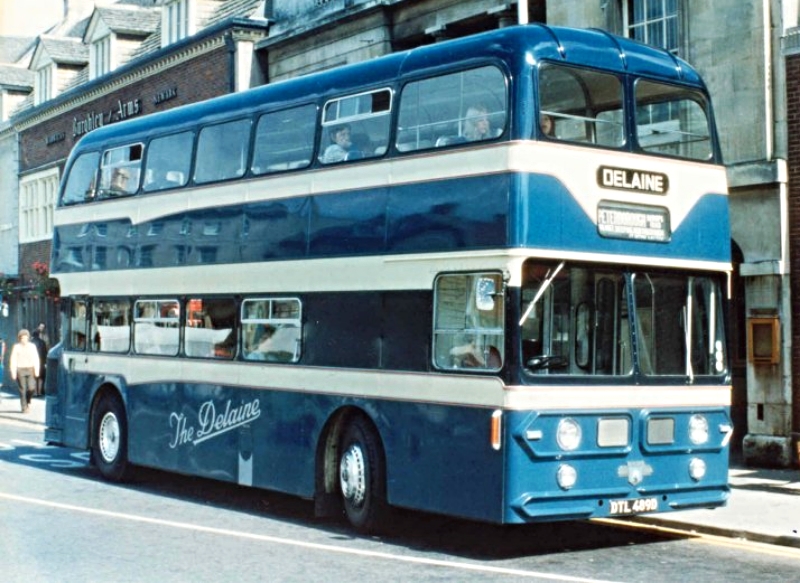
Developed in the 1960s, the Leyland Atlantean PDR1/2 was an innovative double-decker bus with a rear-mounted engine and low-floor design. This configuration allowed for more efficient boarding and alighting. Despite these advantages, the bus faced reliability issues and high maintenance costs. The complexity of its mechanical systems also led to operational difficulties.
Mercedes-Benz O-Bahn
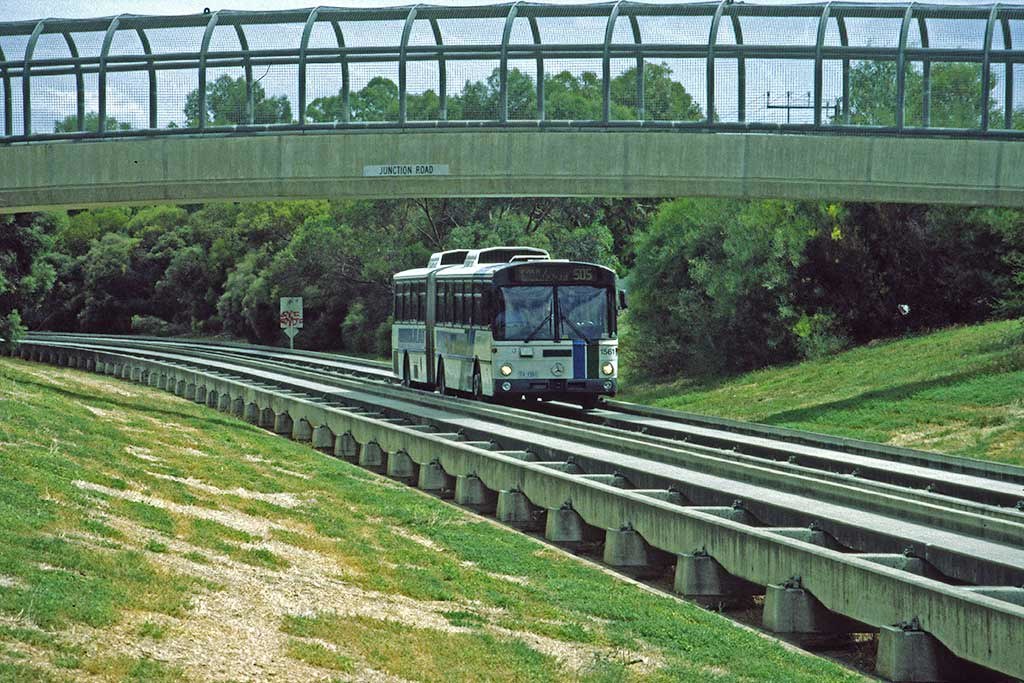
The Mercedes-Benz O-Bahn, introduced in the 1980s, was an innovative guided bus system designed to operate on dedicated tracks. Its goal was to combine the flexibility of buses with the efficiency of rail systems. Successful trials notwithstanding, the high costs of constructing dedicated guideways and stations limited its adoption. Moreover, the system required extensive maintenance and specialized infrastructure.
Fiat 682 RN

Launched in the 1950s, the Fiat 682 RN was a stylish and robust bus designed for intercity travel. Its advanced features included a powerful diesel engine and improved passenger comfort. However, the post-war economic climate and competition from other manufacturers hindered its success. Additionally, reliability issues and high operating costs plagued the 682 RN.
Volvo B9TL
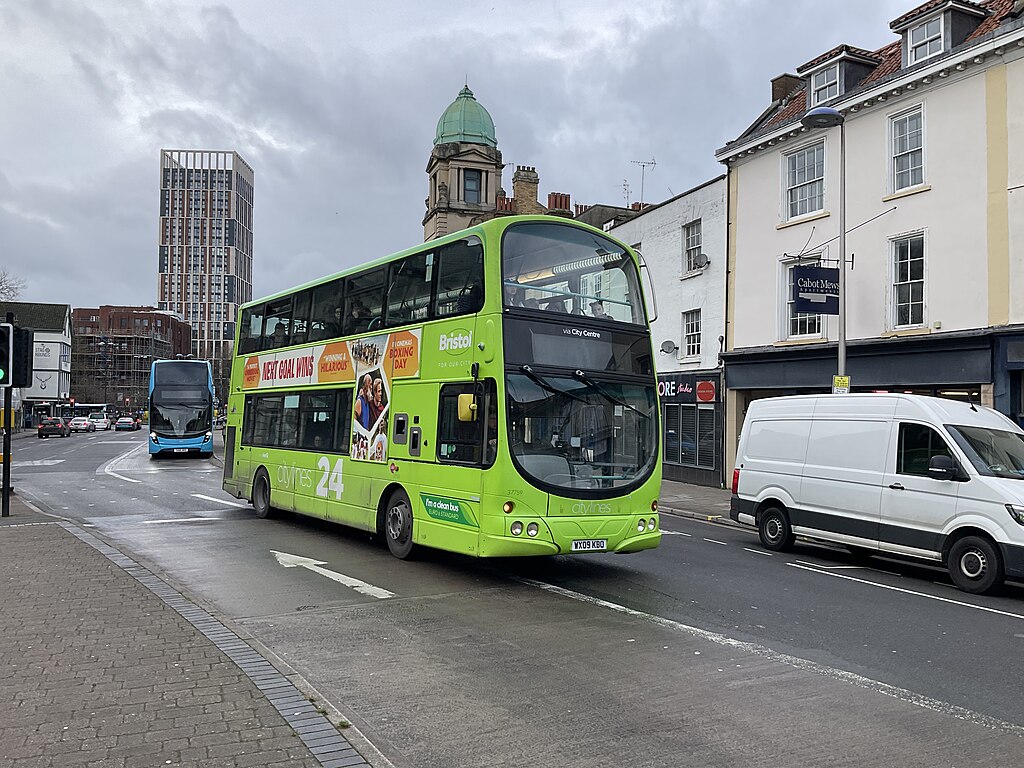
Introduced in the 2000s, the Volvo B9TL was a state-of-the-art double-decker bus with a focus on environmental sustainability. Featuring a low-emission engine and advanced safety systems, it had the potential to lead in urban transit. Despite its innovative design, high production costs and limited demand for double-decker buses in certain markets restricted its adoption.
Setra S315 NF
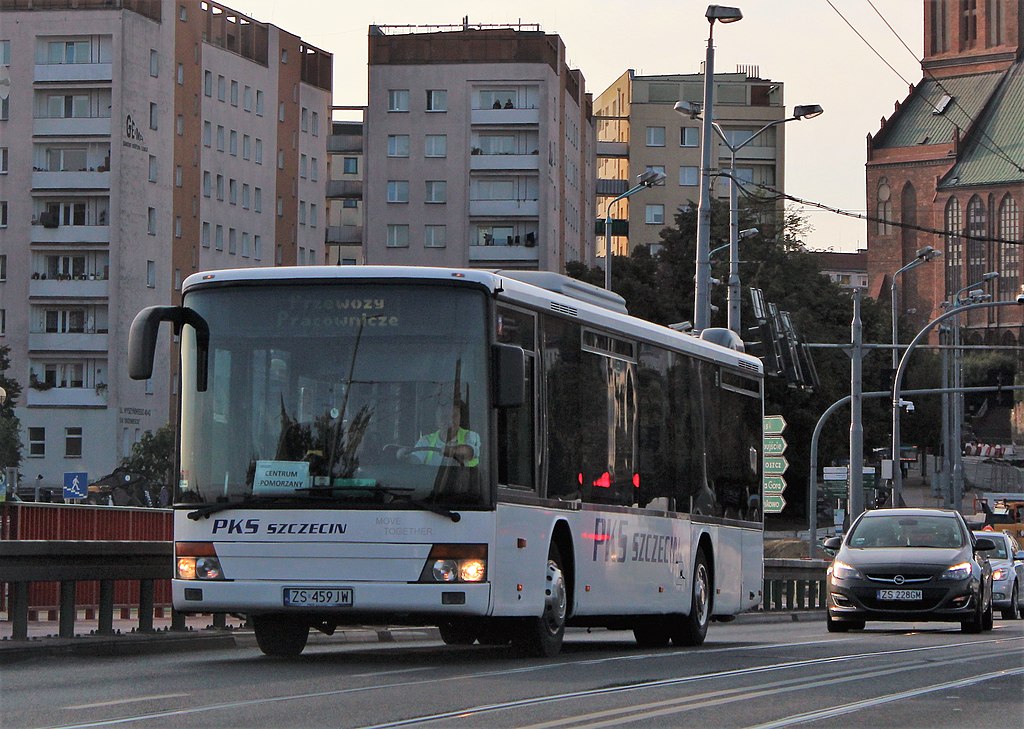
Launched in the 1990s, the Setra S315 NF was a low-floor bus designed to improve accessibility and passenger comfort. Sleek design and advanced features made it a promising candidate for urban transit. However, high production costs and competition from other manufacturers limited its success. Additionally, reliability issues during testing emerged.
Solaris Urbino 15
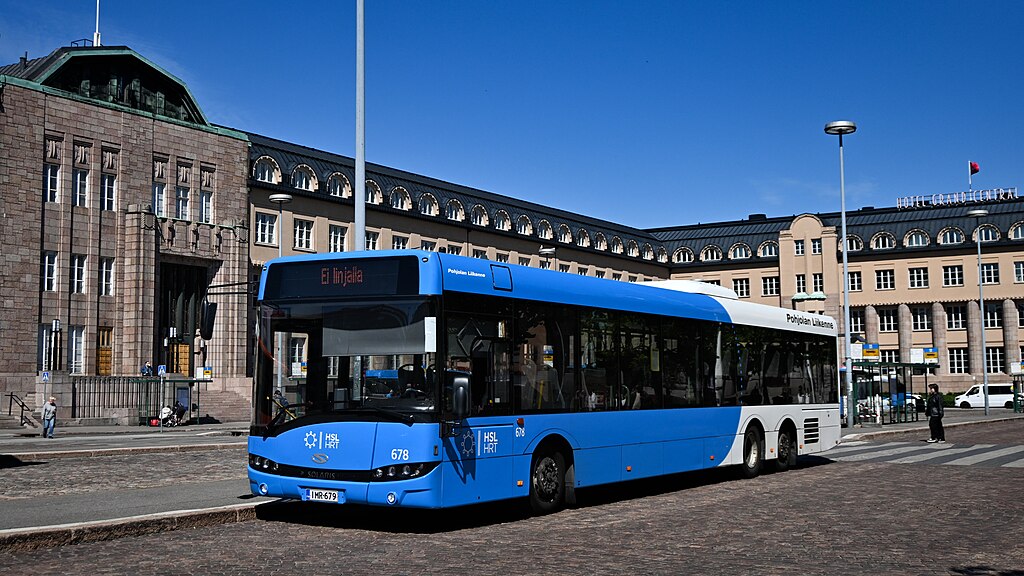
Introduced in the 2000s, the Solaris Urbino 15 was a prototype bus designed for high-capacity urban routes. Innovative design included a spacious interior and advanced safety features. Despite its promising concept, significant technical challenges during testing emerged, including issues with its suspension and braking systems. High production costs further made it an unattractive option for transit agencies.
Citaro FuelCELL Hybrid
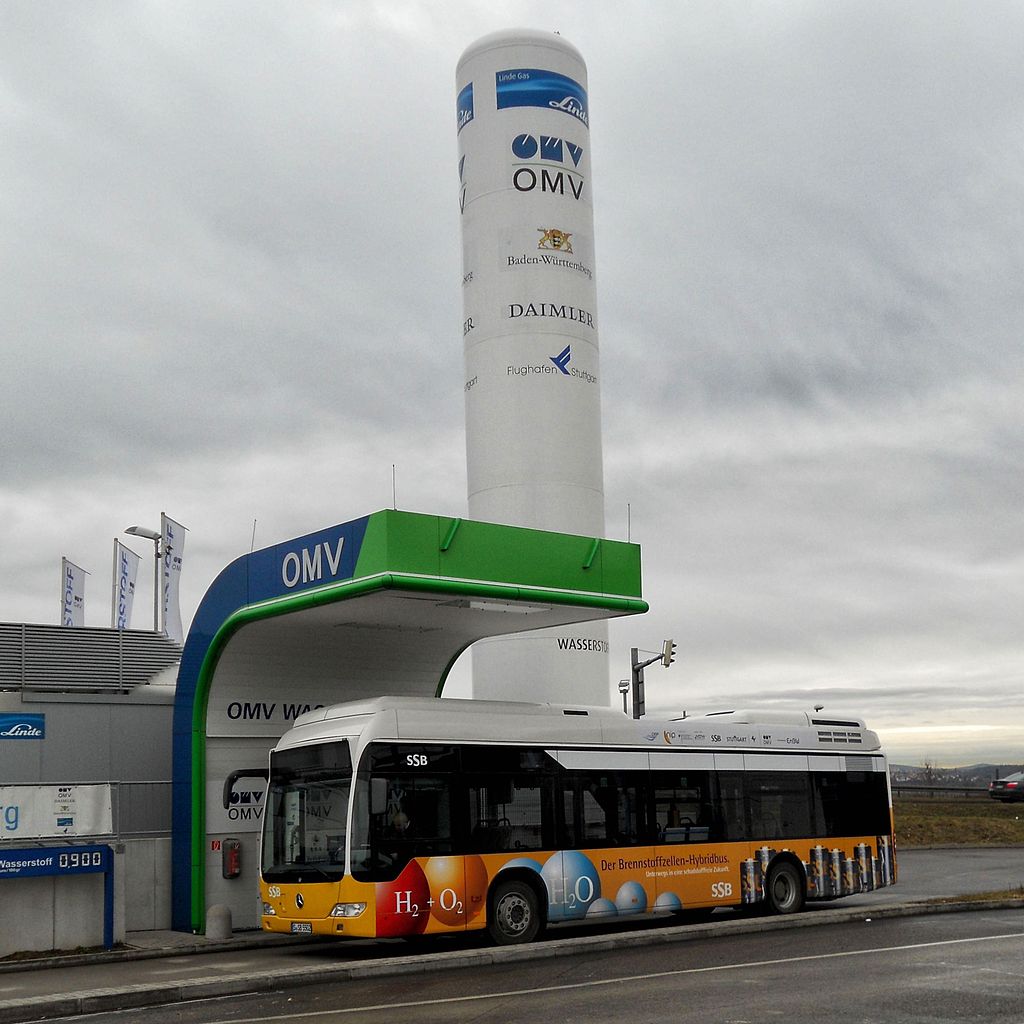
Introduced by Mercedes-Benz in the 2010s, the Citaro FuelCELL Hybrid was an environmentally friendly bus powered by hydrogen fuel cells. Zero-emission technology and advanced features made it a potential game-changer for urban transit. However, the high costs of hydrogen production and limited refueling infrastructure restricted its adoption. Complex technology requires specialized maintenance. Consequently, the FuelCELL Hybrid remained a prototype and never saw widespread use.
King Long XMQ6127G
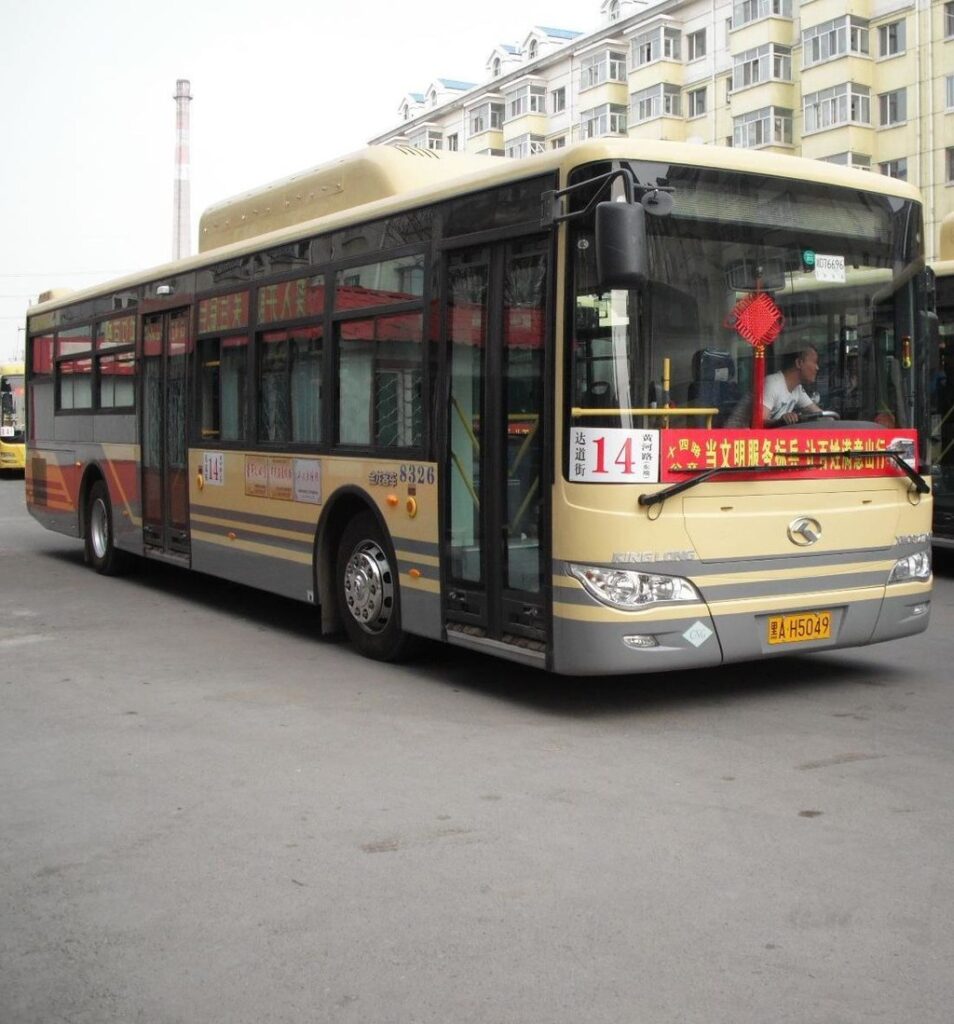
Developed in the 2010s, the King Long XMQ6127G was a prototype electric bus designed for urban transportation. Advanced battery technology and energy-efficient design aimed to reduce emissions and improve sustainability. Despite its promising concept, significant technical challenges emerged, including issues with battery life and charging infrastructure.
This article originally appeared on MyCarMakesNoise.
More from MyCarMakesNoise
20 Common Car Mistakes Mechanics Wish You’d Avoid

Owning a car comes with its fair share of responsibilities, and taking care of your vehicle can sometimes feel overwhelming. However, there are common mistakes that many drivers make which can lead to costly repairs and unnecessary visits to the mechanic. Read More.
20 Iconic Historical Tanks That Are Now Retired
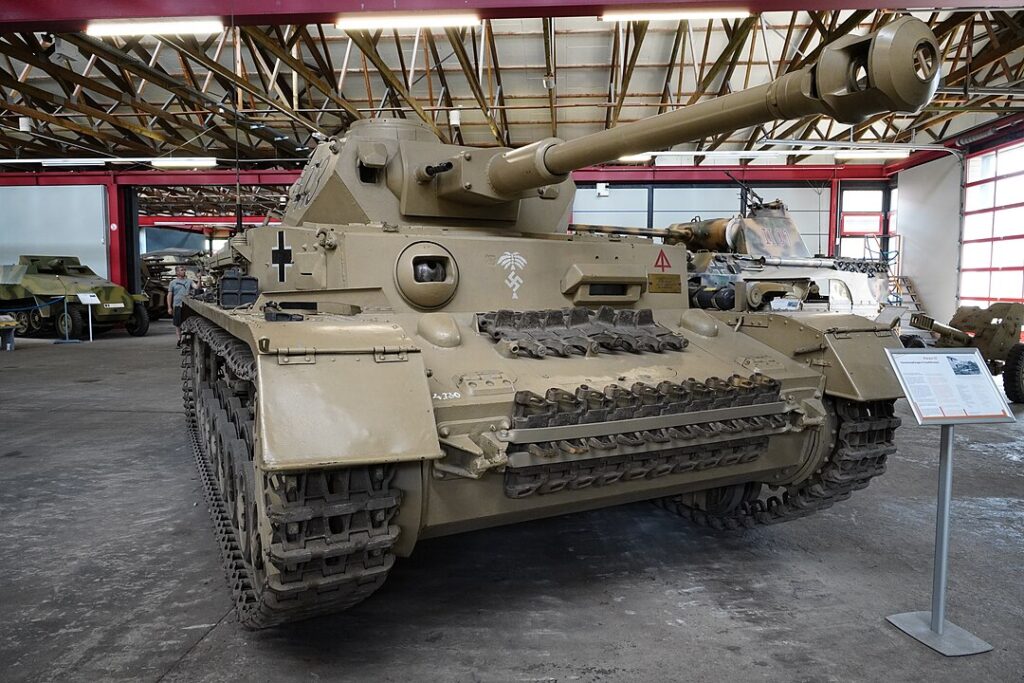
Tanks have played a pivotal role in shaping military history, with many becoming iconic symbols of their time. While these armored giants once dominated battlefields, they have since been retired, giving way to modern advancements. Read More.
20 Astonishing Facts About Historic Warships
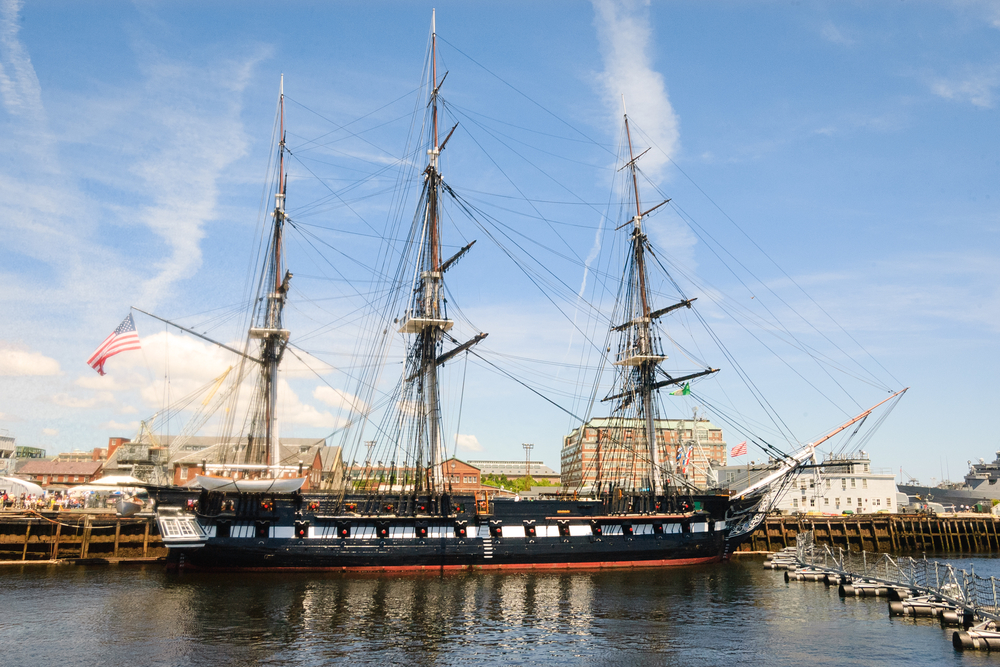
Warships have played a pivotal role in shaping history, from epic naval battles to groundbreaking technological advancements. In this article, we dive into 20 astonishing facts about historic warships that reveal their incredible stories and secrets. Read More.

